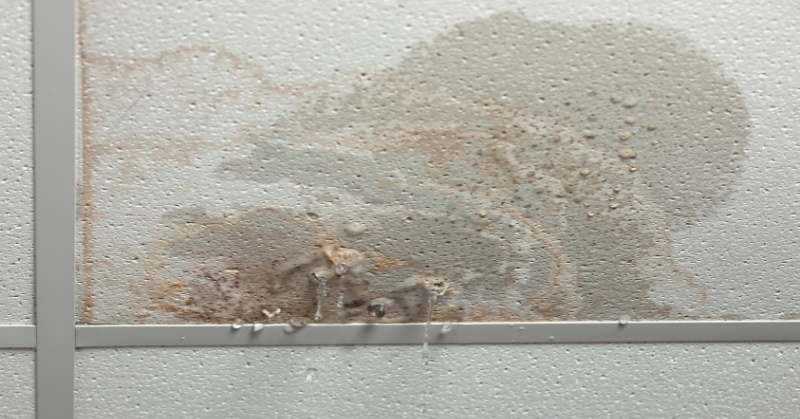Experiencing water damage can be overwhelming, but addressing it quickly can help minimize the impact on your property. Whether caused by a leak, a burst pipe, or a flood, a step-by-step approach to water damage repair can protect your home and prevent further damage. Here’s a guide on what to do after water damage occurs to ensure a safe and thorough restoration process.
Start with Safety Precautions
When water damage occurs, prioritize safety for you and anyone else in the affected area. Begin by turning off the electricity in the impacted zones to avoid the risk of electric shocks from standing water. Water-damaged ceilings or walls can weaken structures, so be cautious when moving through any area that seems unstable. Protective gloves, boots, and masks are recommended, especially if the water could be contaminated.
Control the Water Source
Stopping the source of the water leak is essential to prevent additional damage. In the case of a plumbing issue, locate and turn off your main water valve. For leaks from appliances, disconnecting the water supply to the unit may help. In instances of flooding from heavy rain, use sandbags or other barriers to redirect water away from your home. Identifying and controlling the source quickly helps prevent the water from spreading further.
Extract Standing Water and Moisture
Removing standing water as soon as possible is a crucial part of the process. Use a wet/dry vacuum for smaller areas or towels to absorb small puddles. For larger water accumulations, submersible pumps can be effective in removing significant amounts of water. Once standing water is gone, focus on moisture extraction by using fans and dehumidifiers to dry out the affected area thoroughly.
Ventilate and Dry Out the Area
After water extraction, ventilating the space is essential to prevent moisture buildup. Open windows and doors to allow air circulation, and place fans to expedite the drying process. Using dehumidifiers can help to remove residual moisture from the air and surfaces, reducing the risk of mold growth. In cases where carpets, rugs, or upholstery are damp, lift them off the ground to aid drying and prevent further damage.
Assess Damage to Belongings and Furniture
Water can significantly impact furniture, electronics, and personal belongings. It’s essential to assess what items can be salvaged and what may need to be discarded. Wood furniture is often more resilient if dried quickly, while upholstered pieces may absorb more water and could be difficult to save. Electronics require special care; don’t power them on immediately but instead allow ample drying time or consult a professional for evaluation.
Sanitize Surfaces and Remove Contaminants
Sanitizing the affected area can help prevent bacteria, mold, and unpleasant odors from settling in. Use a disinfectant solution or a bleach mixture to clean hard surfaces. Carpets, upholstery, and other porous materials may require professional cleaning to remove contaminants. For items that absorbed large amounts of water, such as insulation or drywall, consider replacement to ensure a safe and hygienic environment.
Inspect for Mold
Mold can grow quickly after water damage and poses health risks if left untreated. Carefully inspect walls, floors, and hidden areas like corners, under carpets, and within vents for signs of mold. Use a mold-killing product to treat any visible spots, and consider professional help if mold growth is extensive. Addressing mold early can prevent it from spreading and creating further damage.
Evaluate Structural Integrity and Plan Repairs
Water can affect the structural components of a building, so checking for damage is essential. Wood floors, baseboards, and walls may warp or become weak after exposure to water. Look for cracks in drywall, peeling paint, or areas where flooring feels soft or spongy. If these issues are present, repairs may be necessary to restore the stability and appearance of your property.
Seek Professional Water Damage Repair Services
In cases of severe water damage, professional water damage repair services provide the expertise and equipment needed for an effective cleanup. Professionals use specialized tools for moisture detection and industrial drying to ensure all hidden areas are thoroughly dried. Many companies are also familiar with insurance claim processes, which can simplify filing for compensation for repairs. Contacting a water damage repair service can expedite the recovery process and ensure thorough remediation.
Plan for Future Water Protection
After handling water damage, it’s beneficial to take measures to protect your property against future incidents. Installing water alarms near plumbing and in areas prone to leaks can give you early warnings before significant damage occurs. Routine maintenance checks on your plumbing, roof, and drainage systems can help prevent unexpected water issues. Waterproofing basement and crawl spaces and ensuring proper grading around your home’s foundation can further reduce the risk of future water damage.
Conclusion
Restoring your property after water damage is a detailed process that requires attention to both immediate and long-term solutions. By following these steps, you can address the current damage effectively and set up preventive measures to protect your home in the future.





Be First to Comment